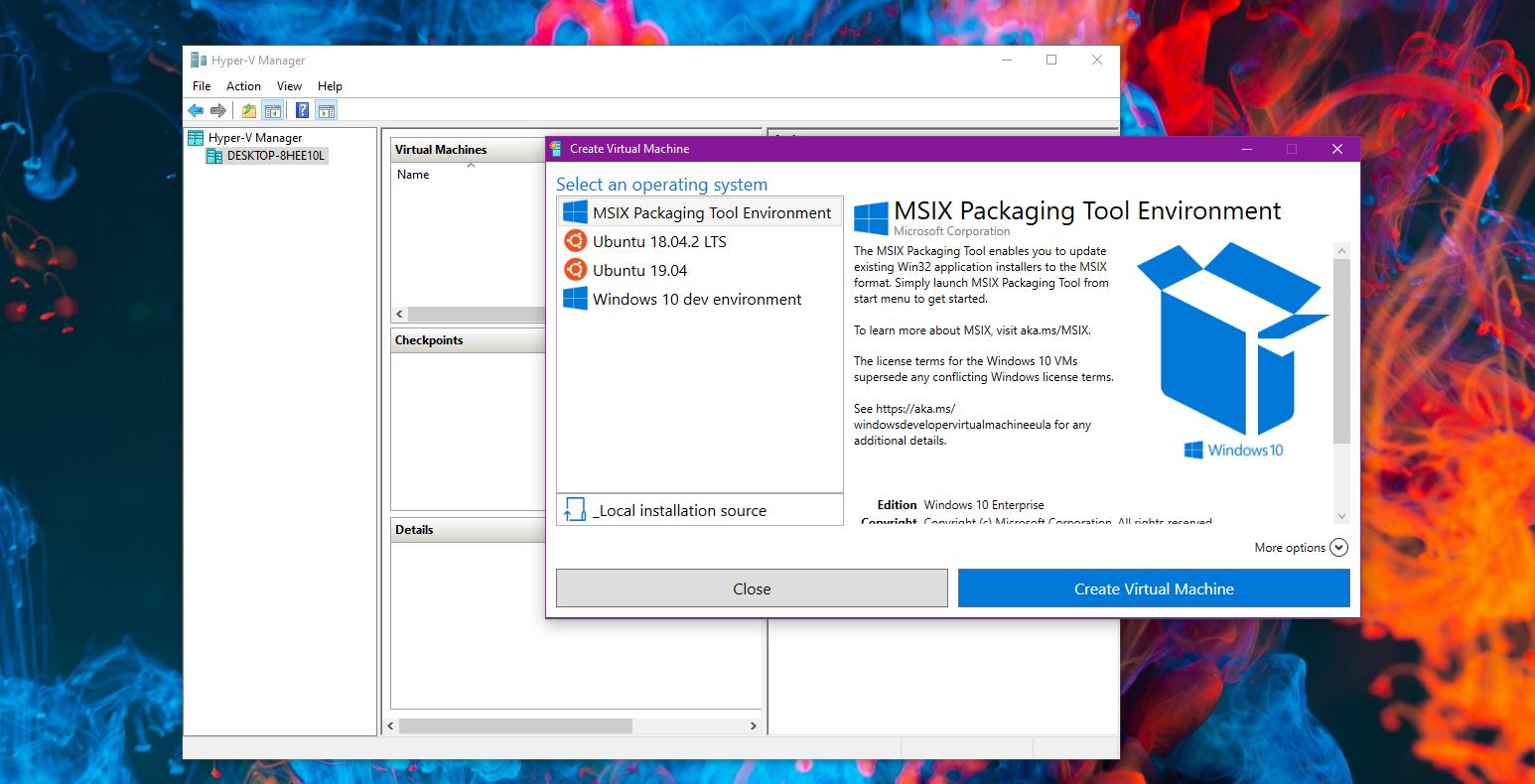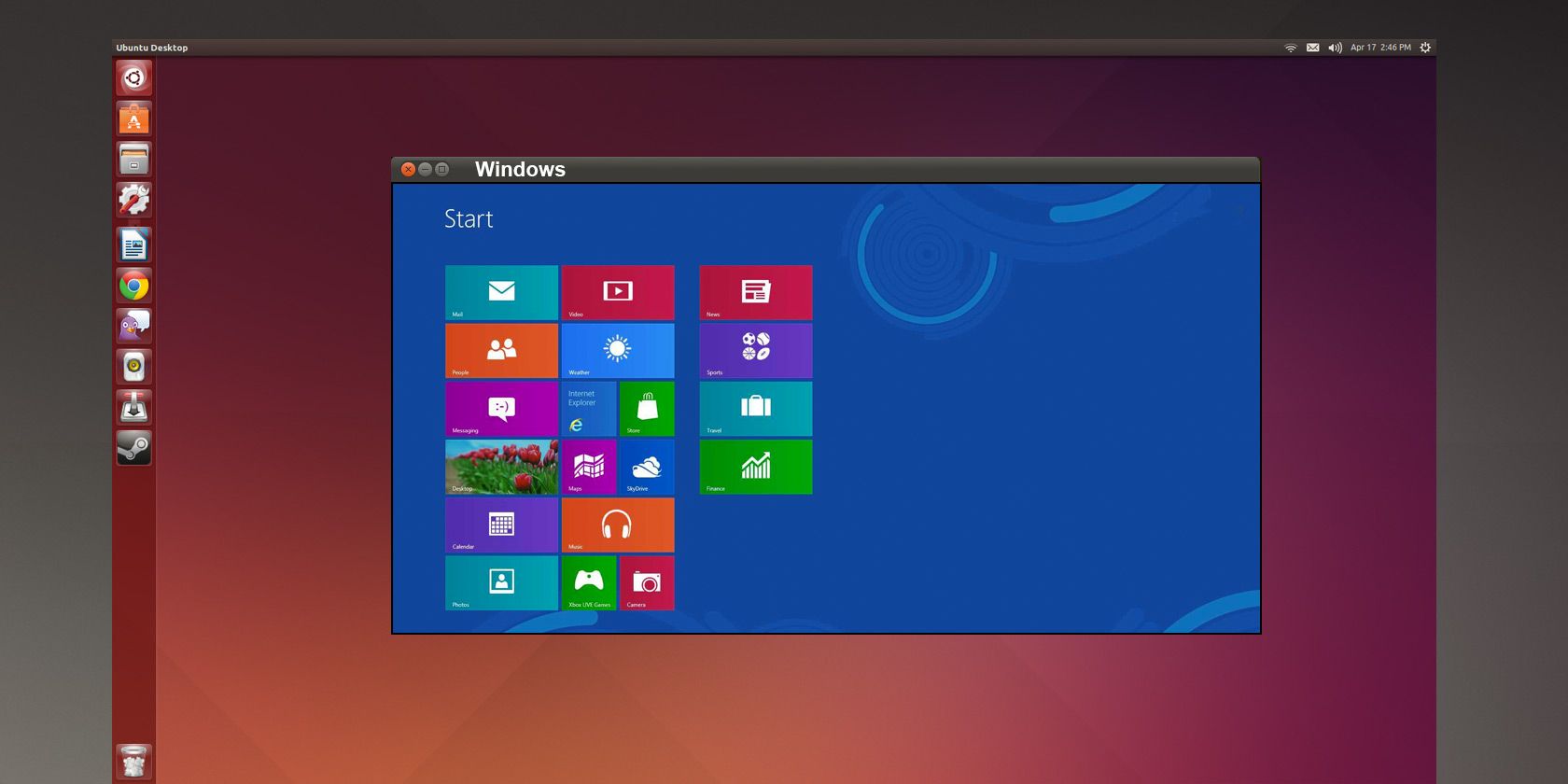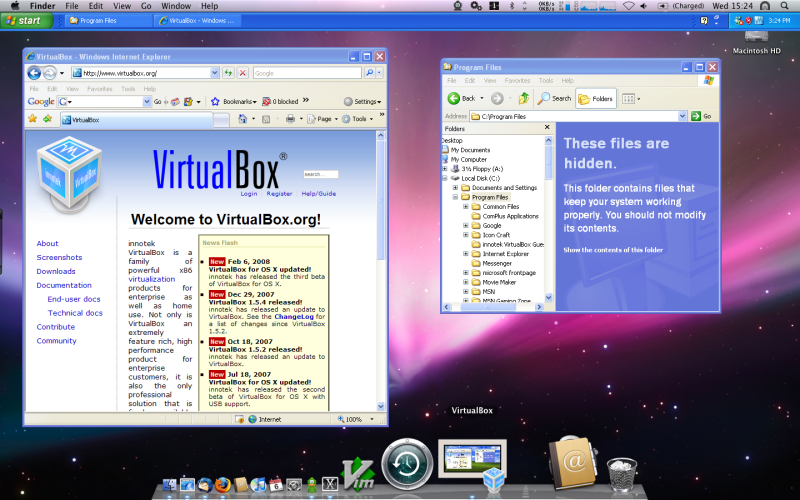

- How to run linux on a mac with virtual machine mac os x#
- How to run linux on a mac with virtual machine mac os#
- How to run linux on a mac with virtual machine install#
You have a Mac Computer but you need to use some applications that are Windows-specific. With just one powerful physical server, you can create multiple virtual server instances allowing you to fully utilize the available physical resources while also saving on costs. Everybody is talking about cloud computing but guess what drives it? Virtualization. And why wouldn’t it be? To fully exhaust the benefits of Virtualization I would need a whole blog post. The Ubuntu operating system.Virtualization is now standard practice in almost every business.
How to run linux on a mac with virtual machine install#
Vboxmanage sharedfolder add $VM_NAME -name shared -hostpath $SHARED_PATH -automountįor the first boot, we will start the VM with a graphical display so we can install

Vboxmanage modifyvm $VM_NAME -natdnshostresolver1 on Vboxmanage modifyvm $VM_NAME -natpf1 "guestssh,tcp,2222,22" Vboxmanage modifyvm $VM_NAME -memory 1024 -vram 128

Vboxmanage storageattach $VM_NAME -storagectl "IDE Controller" -port 0 -device 0 -type dvddrive -medium $UBUNTU_ISO_PATH Vboxmanage storagectl $VM_NAME -name "IDE Controller" -add ide Vboxmanage storageattach $VM_NAME -storagectl "SATA Controller" -port 0 -device 0 -type hdd -medium $VM_HD_PATH Vboxmanage storagectl $VM_NAME -name "SATA Controller" -add sata -controller IntelAHCI Vboxmanage createhd -filename $VM_NAME.vdi -size 32768

Vboxmanage createvm -name $VM_NAME -ostype Ubuntu_64 -register SHARED_PATH =~ # Share home directory with the VM VM_HD_PATH = "UbuntuServer.vdi" # The path to VM hard disk (to be created). # Change these variables as needed VM_NAME = "UbuntuServer" UBUNTU_ISO_PATH =~/Downloads/ubuntu-14.04.1-server-amd64.iso We alsoĪttach a network card and set up port forwarding. The commands below will create a virtual machine called "UbuntuServer",Īttach a 32 GB virtual hard drive, attach a DVDĭrive loaded with the Ubuntu Server disk image, and allocate 1 GB of RAM. I've adapted these commands in part from this blog post. You can configure your virtual machine (VM) using the VirtualBox graphical program, but it's quicker to set it up from the command line. Download Ubuntuĭownload the Ubuntu Server 14.04.01 LTS iso image. Instructions below were testing with VirtualBox 4.3.18 on OS X 10.9.5. Install VirtualBoxĭownload and install VirtualBox here. This entire tutorial should take approximately 20 minutes (not including download times). I simply run the VM in the background, and ssh into it from the Mac terminal. I installed Ubuntu Server instead of Ubuntu Desktop because I wanted to run a lightweight Linux environment, which should save laptop resources.
How to run linux on a mac with virtual machine mac os#
I intend to run my application in a Linux environment, so instead of learning the intricacies of porting my code and makefile to Mac OS X, I decided to install a local Ubuntu Server virtual machine (VM) on my MacBook. For example, right now I'm trying to develop a Boost Python module, and I am having trouble compiling it on OS X. While the OS X experience is wonderful, application development can be frustrating. It's my personal laptop, so I use it for everything - browsing, e-mail, and programming. My laptop is a late 2011 MacBook Pro running OS X 10.9 Mavericks.
How to run linux on a mac with virtual machine mac os x#
Ubuntu Server Virtual Machine with SSH using VirtualBox on Mac OS X


 0 kommentar(er)
0 kommentar(er)
